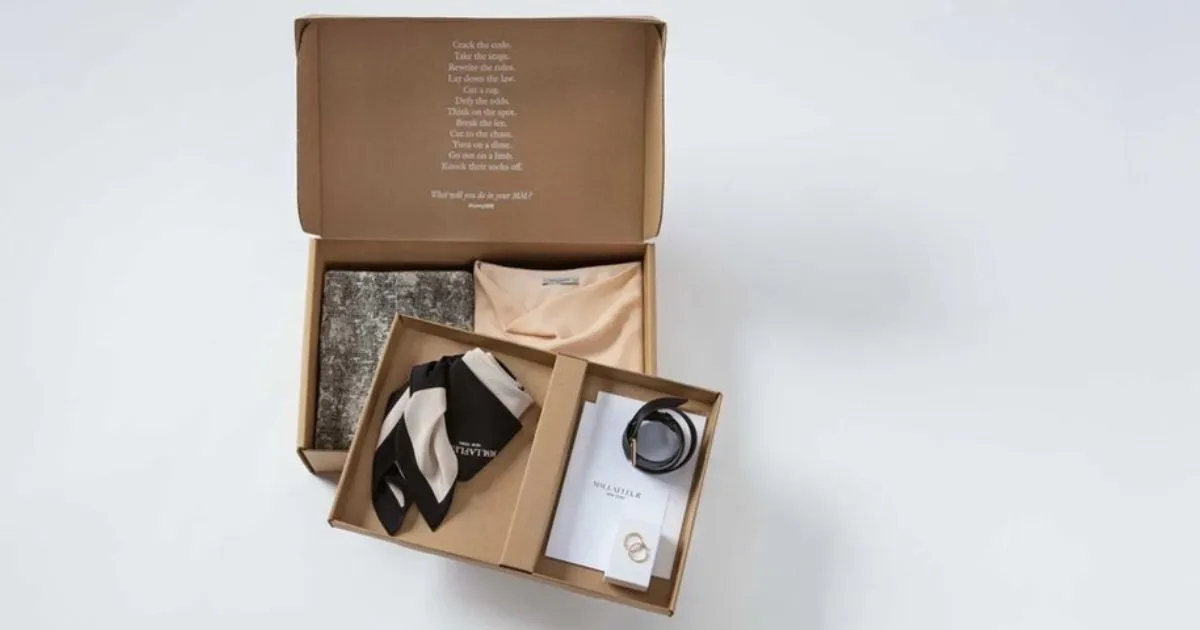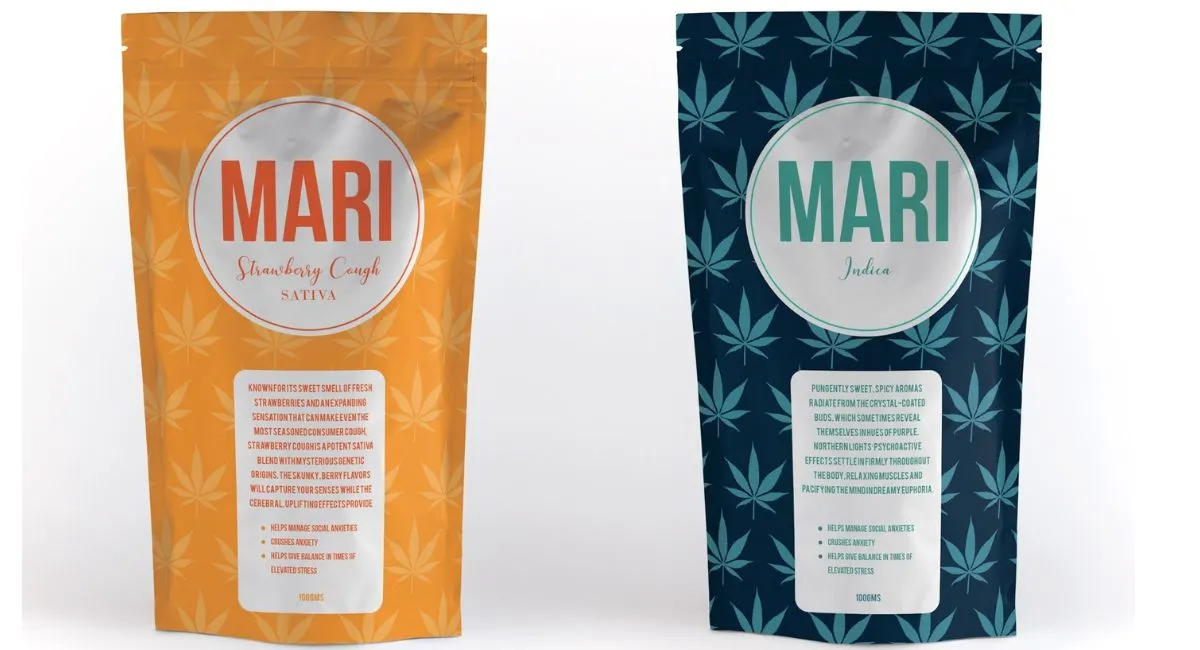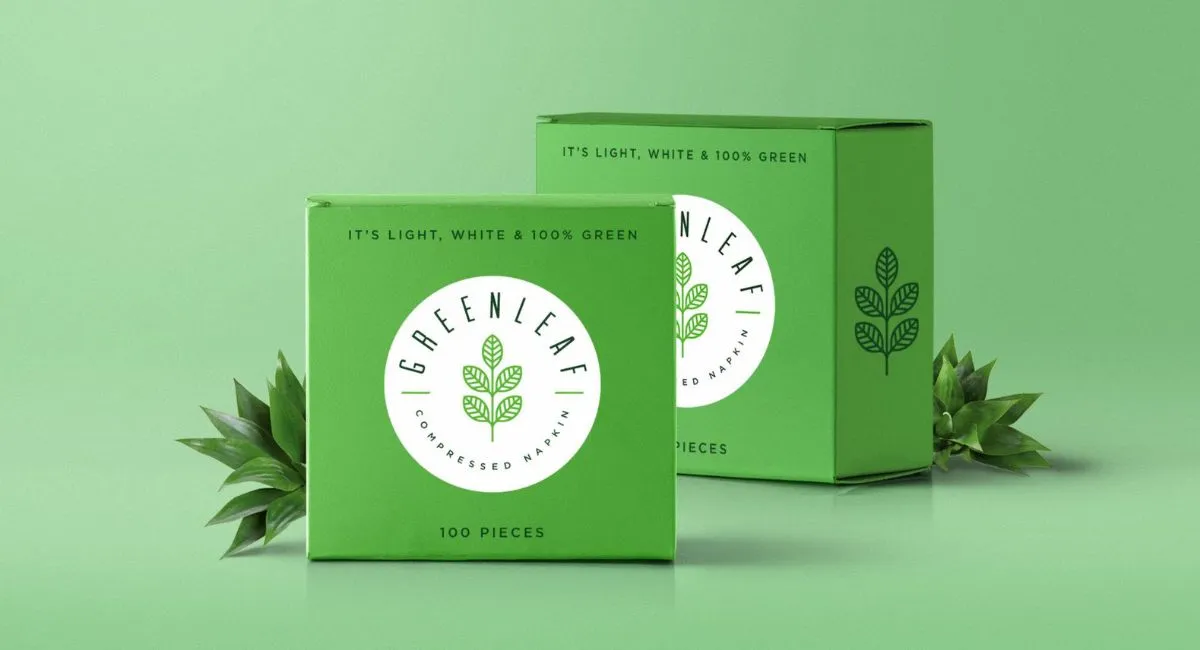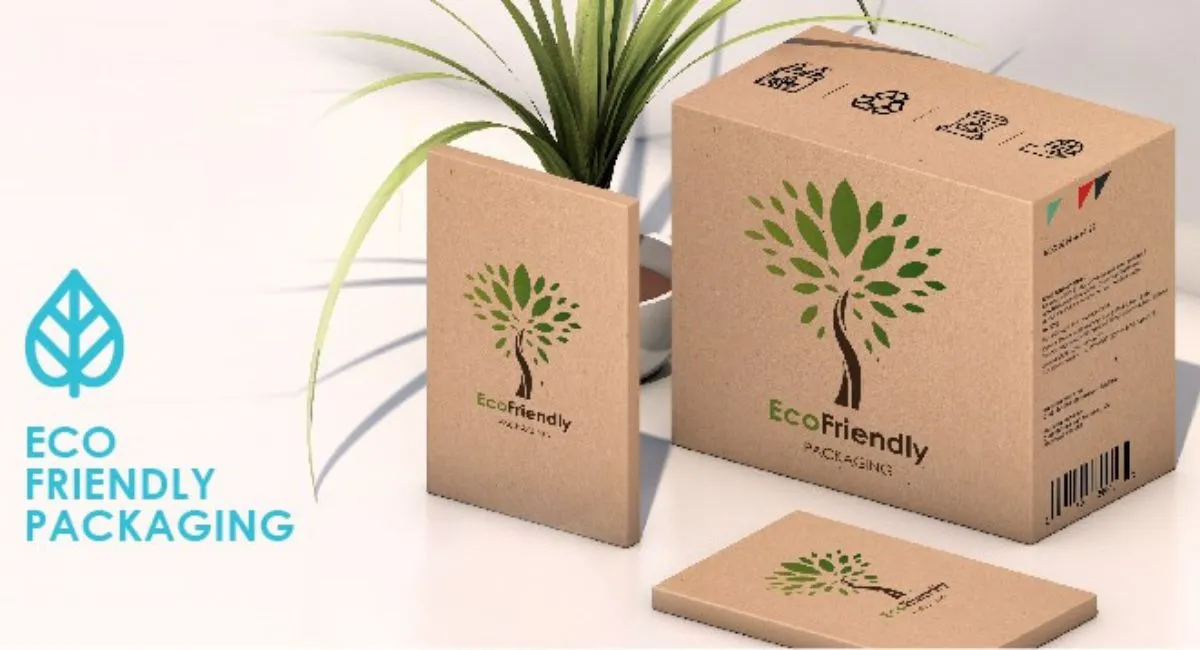What is Die Cutting? What Die Cut Means in the Die Cut Process
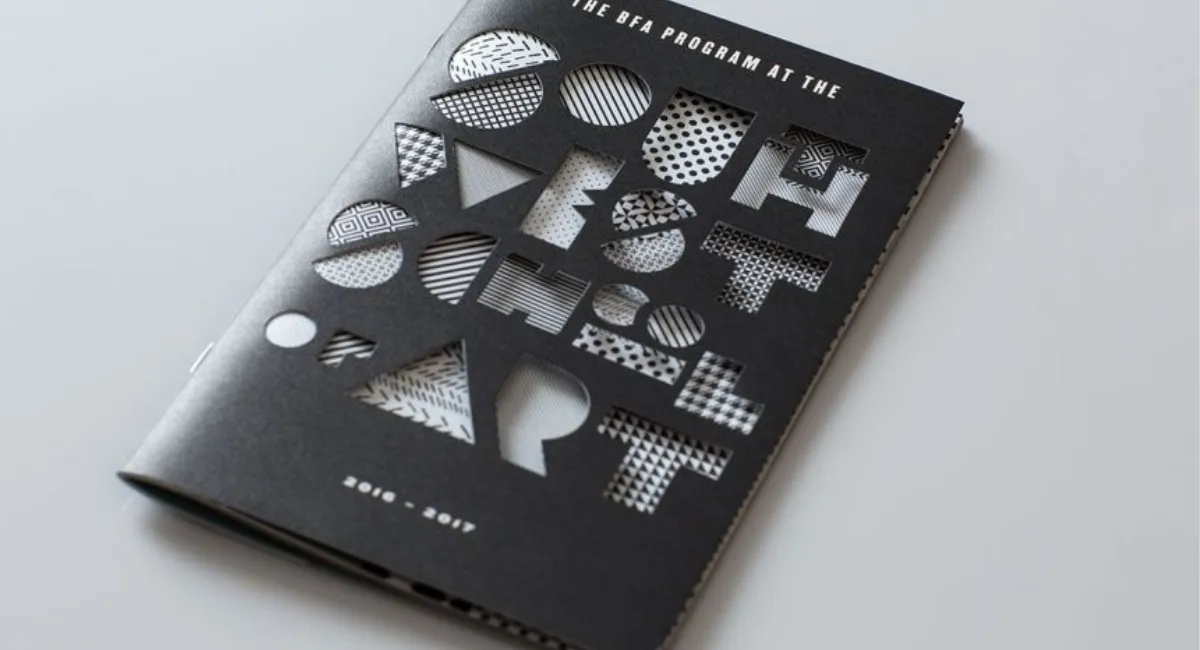
Die cutting is a versatile and widely used process in the manufacturing sector, particularly in the packaging industry. It is a procedure that allows cutting materials into specific shapes and sizes, typically using a sharp steel blade formed into a particular pattern or design. This technique is essential for creating custom packaging, labels, and components with precision and efficiency. But what does “die cut” mean, and how does it play a crucial role in die-cutting? Let’s delve deeper into this fascinating process and uncover its significance in the world of packaging.
Understanding Die Cutting
At its core, die cutting involves using a specialised tool to cut, shape, or form material into a specific design. The die is a metal block sharpened into a particular pattern. When applied with pressure to the material, it cuts through, creating shapes identical to the die’s design. This method is highly efficient for producing high volumes of the same shape with great accuracy and consistency.
Die cutting can be performed on various materials, including paper, cardboard, plastic, metal, and fabric. Its versatility makes it invaluable in numerous applications, from simple shapes like circles and squares to more complex designs like intricate lace patterns or detailed logos.
The Die Cut Process Explained
The die-cut process begins with creating a die, which is custom-made based on the desired shape and size of the final product. This die is then mounted onto a press. The material to be cut is placed on a flat surface beneath the media, and when the press is activated, the die slices through the material, creating the cut-out shape.
Several die-cutting machines, including manual, hydraulic, and rotary presses, are each suited for different materials, thicknesses, and production needs. The choice of machine will depend on the complexity of the design, the material being cut, and the volume of production required.
Benefits of Die Cutting in Packaging
Die-cutting offers numerous advantages in the packaging industry, making it a preferred choice for businesses seeking custom packaging solutions. Some of the key benefits include:
- Precision and Consistency: Die cutting ensures that each piece is cut to the exact specifications, resulting in uniformity across all pieces. This is crucial for packaging, where consistency in size and shape is essential for brand image and product protection.
- Efficiency: The die-cut process can produce large volumes of cut-outs quickly and efficiently, significantly reducing production time and costs.
- Versatility: With the ability to cut through various materials, die cutting allows for creating packaging in a wide range of shapes, sizes, and designs, catering to the specific needs of different products.
- Enhanced Aesthetics: Die-cut packaging can include windows, intricate cut-out patterns, and unique shapes, enhancing the visual appeal of the product and making it stand out on the shelf.
Applications of Die Cutting in Packaging
Die-cutting finds its application in various aspects of packaging, including:
- Custom Boxes and Containers: From simple square boxes to complex shapes designed to fit specific products, die-cutting creates packaging that protects and enhances the product’s appeal.
- Labels and Stickers: Die-cut labels and stickers are used for branding, information, and decoration, adding value to the packaging.
- Window Panes: Die-cutting creates clear window panes in packaging, allowing customers to view the product without opening the package, which is particularly useful in the food and retail industries.
Conclusion
Die cutting is crucial in the packaging industry, offering precision, efficiency, and versatility in creating custom packaging solutions. Its ability to produce consistent, high-quality cut-outs across various materials makes it indispensable for businesses looking to enhance their product presentation and brand image. Whether through custom-shaped boxes, intricately designed labels, or packaging with clear windows, die-cutting plays a pivotal role in designing and producing packaging that captures consumer attention and stands out in the competitive market.
